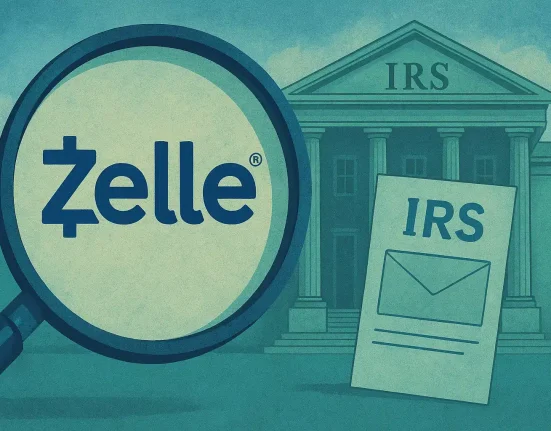

Mortgage rates ticked up slightly on Tuesday, with Zillow reporting the national average for a 30-year fixed mortgage now at 6.94%. The shift marks a one basis point increase from last week’s average of 6.93%. For homebuyers and refinancers, even a small change can impact long-term affordability. Here’s a breakdown of today’s key mortgage rate trends, what’s influencing the market, and tips for securing the best possible rate.
Current mortgage averages (June 17, 2025)
- 30-year fixed: 6.94% (↑ 0.01%), APR 7.40%
- 15-year fixed: 6.01% (no change), APR 6.30%
- 5-year ARM: 7.52% (↑ 0.19%), APR 7.84%
- FHA 30-year fixed: 7.28% (↑ 0.45%), APR 8.32%
- VA 30-year fixed: 6.58% (↑ 0.18%), APR 6.80%
- Jumbo 30-year fixed: 7.54% (↑ 0.20%), APR 8.06%
Rate trends and market outlook
This week’s minor rate increase follows a steady trend seen throughout the spring. Data shows rates have fluctuated slightly over the last 90 days, reflecting market uncertainty amid inflation concerns and Federal Reserve signals. Notably, the 5-year ARM spiked by 13 basis points in the past day, and FHA loans saw a large 45-point surge week-over-week, reflecting volatility in lower-credit lending products.
How to get the best mortgage rate
If you’re considering buying or refinancing, take the following steps to secure the lowest rate available:
- Shop around: Compare offers from multiple lenders rather than defaulting to one.
- Check lender fees: Analyze full loan estimates, not just advertised rates.
- Boost your down payment: A 20%+ down payment can unlock better terms.
- Improve your credit: Higher credit scores yield lower interest rates.
- Explore different loan types: Consider 15-year fixed or ARM loans if they suit your financial goals.
Should you lock in a rate now?
With current rates fluctuating but staying near recent highs, many borrowers may choose to lock in rates now, especially if they’re close to closing. Adjustable-rate products might offer short-term savings but carry long-term risk if rates continue to rise.
What happens next?
The Federal Reserve’s next moves, along with inflation and labor data, will heavily influence mortgage rate direction through the summer. Borrowers should stay alert for economic updates that could shift lending conditions quickly.







